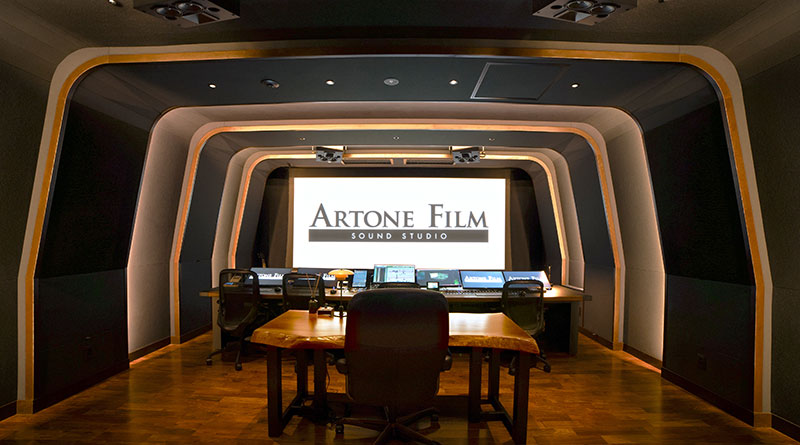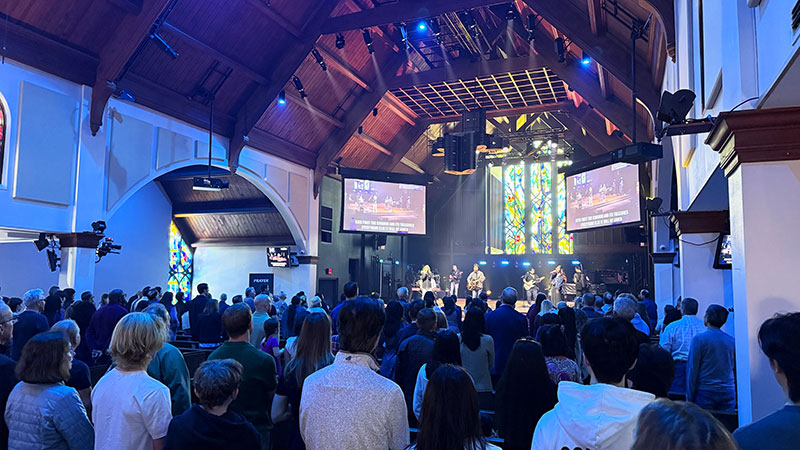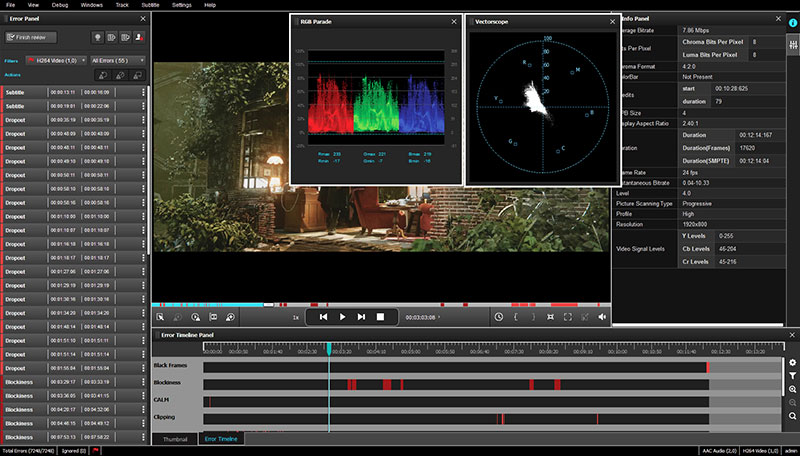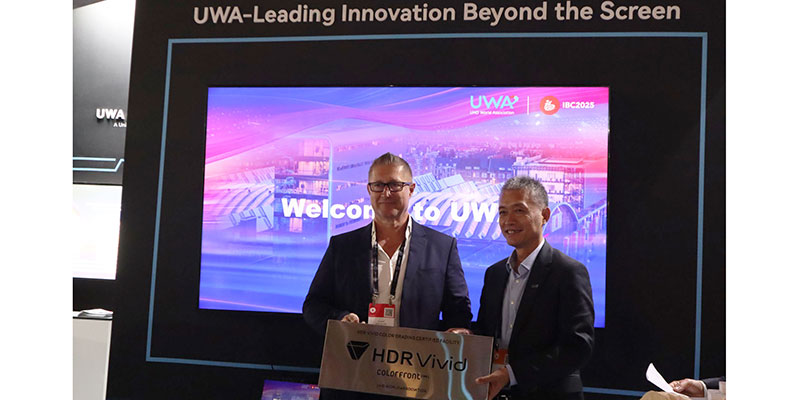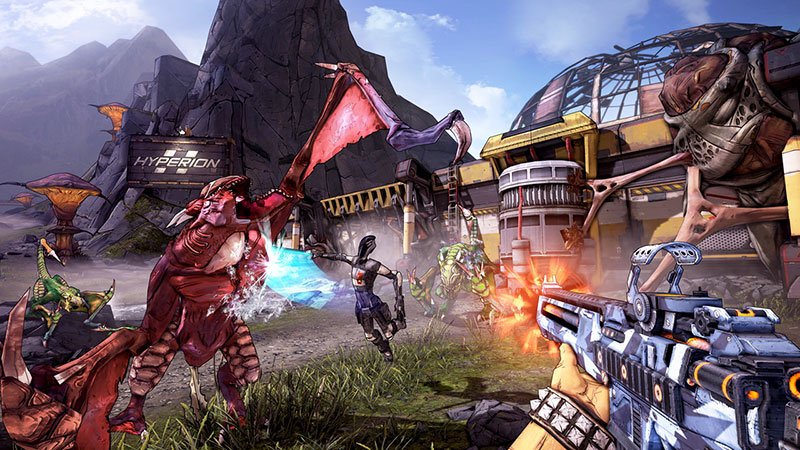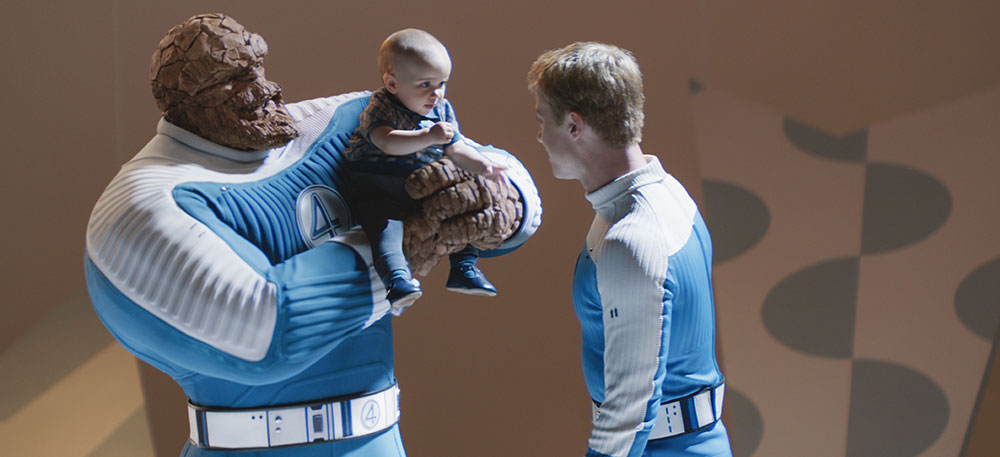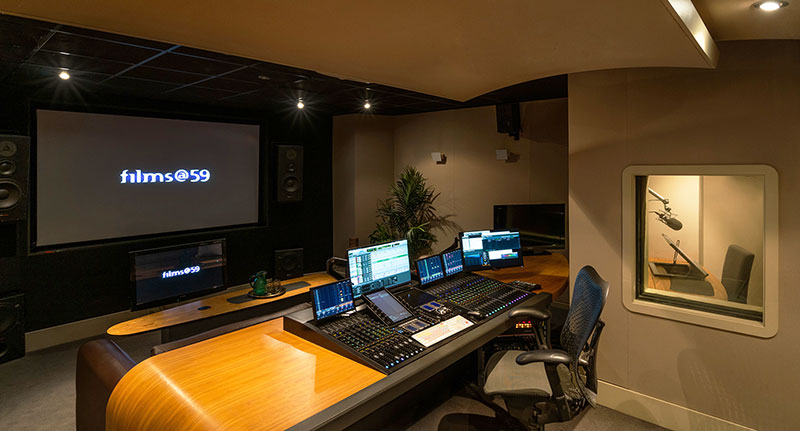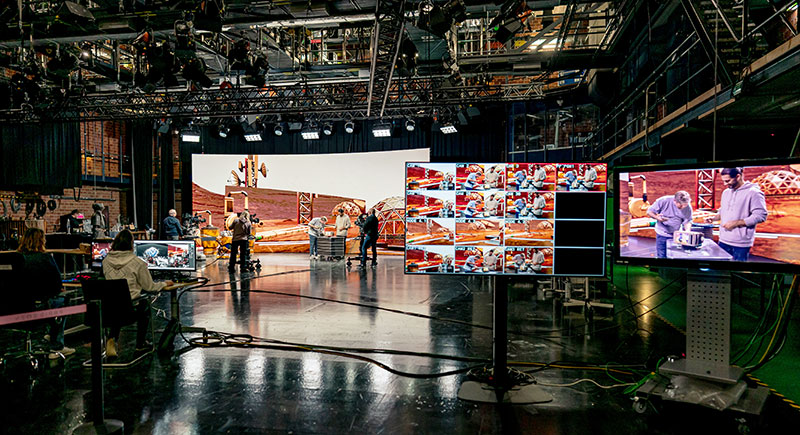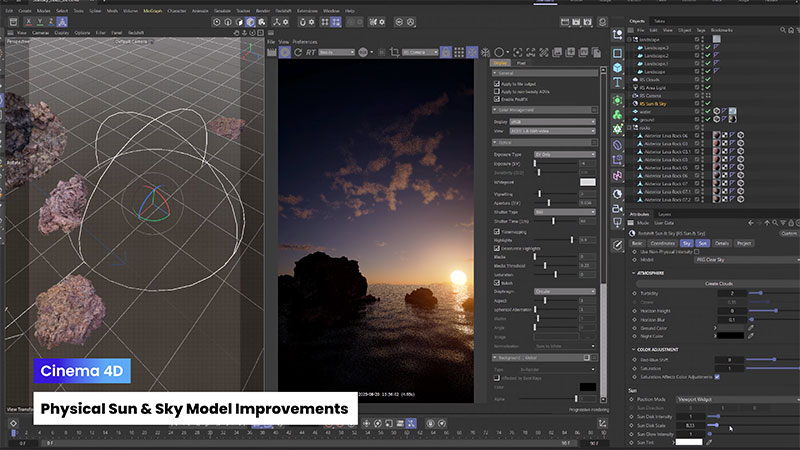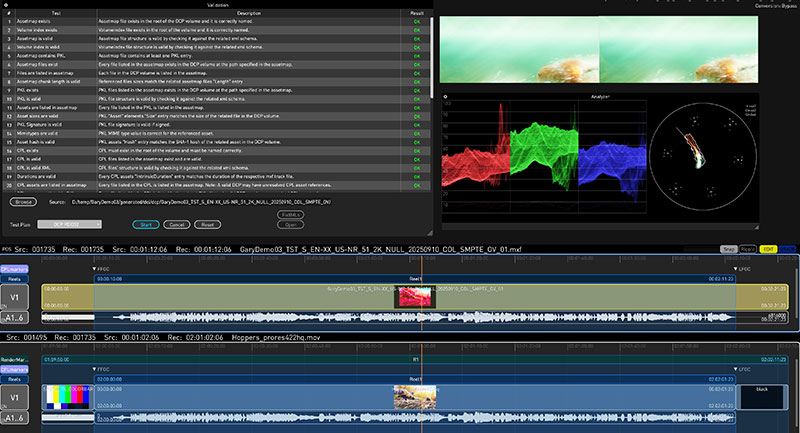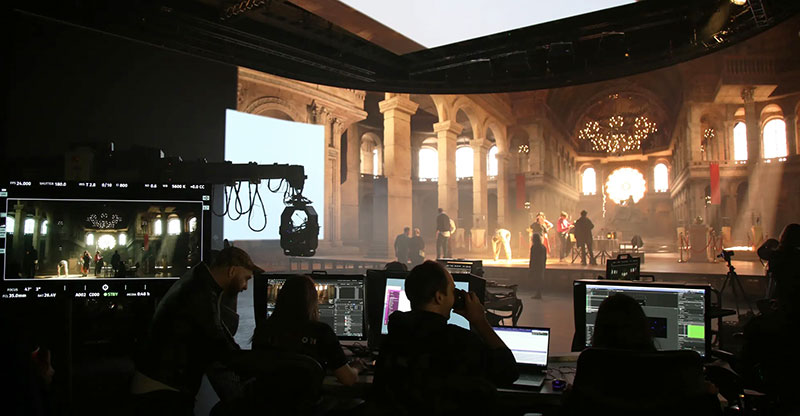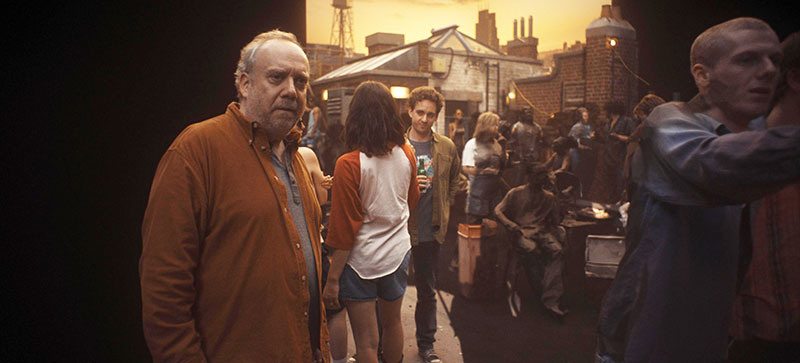Cromorama’s ORION-CONVERT Pipeline for colour management and QC helps live video producers control looks and manage a diverse range of HDR and SDR cameras and equipment.
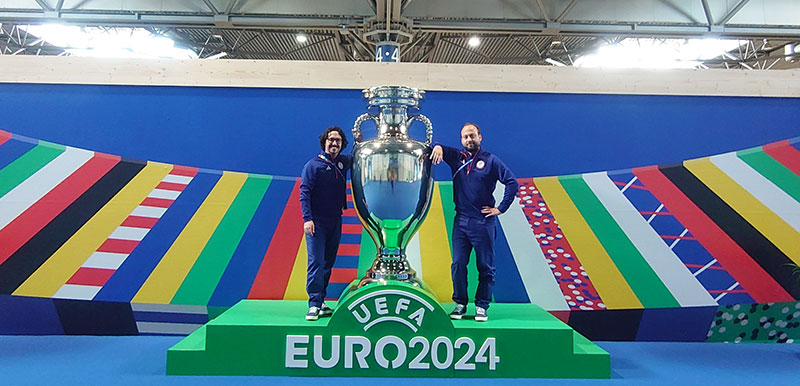
When productions are well-executed and leave nothing for audiences to think about but the story and images, regardless of the delivery format, their foundation will involve a level of complexity. Today, crews often work with a wide range of different HDR and SDR cameras and equipment, each with its own colour science. Achieving a consistent look often requires crews to colour match production cameras and convert quickly between SDR and HDR standards.
Nevertheless, broadcasters can still encounter QC issues, where the feed they output is less than ideal and adjustments must be made. HDR and colour management consultancy firm and software developer Cromorama, based in the UK and Poland, is simplifying this process with its ORION-CONVERT colour pipeline, which is built into AJA's ColorBox and OG-ColorBox colour management and conversion devices. Cromorama's aim is to make colour management more accessible for clients like the Union of European Football Associations (UEFA) while also supporting QC demands.
The ORION-CONVERT Engine
Cromorama CEO and CTO Pablo Garcia developed ORION-CONVERT with the vision of giving content producers more creative and technical control over colour management processes. He didn't want them to worry as much about the math, especially as lighting conditions change. To this end, his team designs all Cromorama software with the philosophy that clients should be able to adapt to a wide variety of demands.
"We're a company that's all about improving colour iteration. The ORION-CONVERT algorithm originated in response to a need we saw among clients," Pablo said. "Before Cromorama, there wasn't an easy way to execute high quality conversions between HDR and SDR with the level of control we wanted. This gap in the toolset became especially noticeable when we were preparing for a major 2020 international sporting event on behalf of a client, so we wrote a piece of code and started fine tuning it."
That effort led to the development of ORION-CONVERT, a dedicated engine with its own two-stage compression process to manage workflows from display to display, and to or from SDR and HLG or PQ. The Cromorama team regularly deploys the software to serve clients globally as part of its film production, broadcast and R&D services. It's also a core feature of the NBCU LUTs.
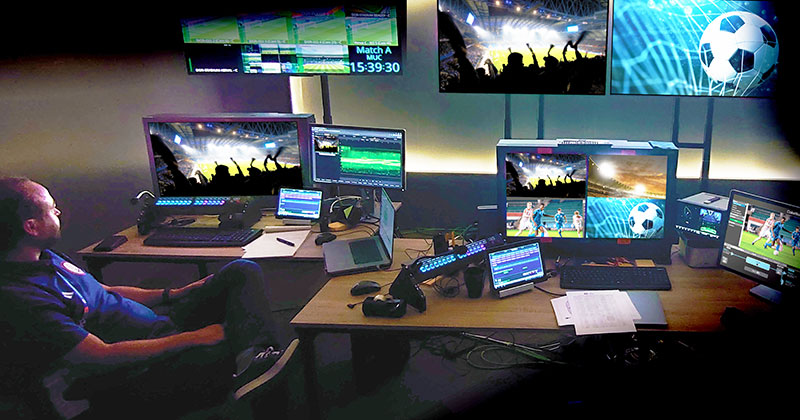
Increasing Control
NBC Universal had noticed that the available conversions between HDR and SDR weren't exactly suited to their needs and, in fact, no single correct conversion seemed to exist. Every project has different needs. So, Pablo and Nick Shaw, Workflow Consultant at Antler Post, created a parametric conversion, mathematically defined to allow users to convert between different HDR formats and downconvert to SDR.
Meanwhile, the settings can be controlled with very fine, detailed granular control and specific two-stage compression processes to pull in any extreme HDR highlights and bring them into the SDR range.
Because the conversion is mathematically defined, it's also mathematically invertible. After performing an HLG to SDR downconversion, for instance, the parameters may be reversed to create an exact matched inverse operation that will upconvert from SDR to HLG, pushing the values back within the limitations of SDR code values where they started. “However, the idea is not to constantly ride the controls during a show, but to determine presets that work for a given situation,” Nick said.
“If you are working on a football match and the lighting changes a bit during the course of the event, at some point you could define new settings – an evening floodlight or harsh sunlight setting – that work for specific situations, and store them as presets, loaded into the converter. These can be used as start points for similar situations and adjusted to match real conditions. But when you're using an LUT, you are confined to the predefined conversion baked into that LUT.
“We have recreated the NBC 1, 2, 3, 4, 5 and 7 LUTs as ORION-CONVERT presets. Once you are in ColorBox, you can use the NBC LUTs directly as LUTs, or you can go to the actual underlying maths that made those LUTs, stored in the presets, and tweak the values.”
Colour Management in Sports
They now anticipate seeing ORION-CONVERT, AJA ColorBox and AJA OG-ColorBox removing further barriers to colour management. "The colour management learning curve used to be steep, especially in broadcast, but we've reached an inflection point. Placing ORION-CONVERT in AJA ColorBox and OG-ColorBox, a hardware platform that's well suited for live production, improves users’ control over SDR and HDR transforms, so it's easier to adapt to various scenarios in the field," Pablo noted.
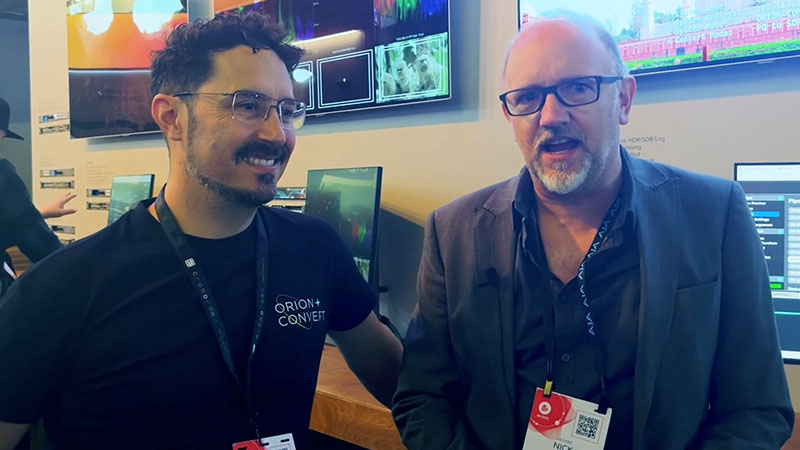
Pablo Garcia (Cromorama) and Nick Shaw (Antler Post) at IBC 2024.
"Both products are very valuable for QC purposes as well, because I know I can trust them. If a broadcaster encounters an issue with their feed, I can run it through a ColorBox or OG-ColorBox, quickly uncover the issue with the original signal and give them a chance to fix it."
Since it launched about four years ago, Cromorama has worked alongside sports organizations to supply HDR and colour management consultancy services. When its team began preparations in 2022 to support the UEFA EURO 2024 championship production, they benchmark tested a wide range of HDR production gear to achieve the desired visual outcome.
Tests included camera and graphics kit from various manufacturers, and products like AJA ColorBox and FS-HDR. By the end of the process, UEFA had certified ColorBox as an approved production device. Cromorama used it extensively across the tournament venues for colour conversion, QC and testing.
Creating a Colour Conversion Standard
As QC Supervisor, Pablo oversaw two QC operators and the whole tournament production. He was quickly notified if any broadcasters encountered signal issues, such as picture quality or artefacts. To determine the issue, their signal was passed through a ColorBox on his desk, identifying the approved conversion path, analysing possible artefacts, and finding the source of the problem in the chain.
"I know that with ColorBox, the LUT is technically correct, so if there's an issue, it's often with the signal itself or a problem the broadcaster's in-house gear has created, and ColorBox helps me figure that out. Coupled with ORION-CONVERT, it means the user has a standard for colour conversion," said Pablo.
"ColorBox was a natural fit for a project like this. Its straightforward operation makes colour management and QC simpler and more accessible for users who need to complete SDR and HDR transforms and make adjustments. When we're working with clients, ColorBox also has a very fast protocol, especially when combined with tools like our Ennio Desktop application. I'm also excited to test out the latest ColorBox ACES implementation."
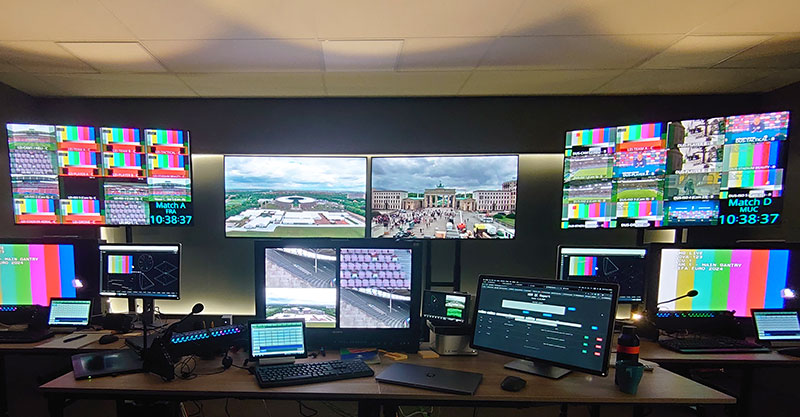
Upcoming Developments and Software
Since ORION-CONVERT's rollout, Cromorama has continued to develop its usability so that users don't have to be colour scientists or specialists to take advantage of it. Some of its latest innovations include an ORION-CONVERT plugin, a creative application used for nonlinear editing in television production, and also Ennio, a colour management orchestration desktop application.
Looking ahead, the company plans to continue down this path of innovation. Demand for HDR production continues to grow, and producing in HDR will always ensure the best quality output and audience impact.
Pablo said, “HDR delivers a cleaner, more natural look and feel that's as close to an in-person stadium experience as you can get without stereoscopic 3D. When that visual quality is matched to Dolby Atmos immersive audio, it gives audiences a true sense of depth. As virtual reality workflows evolve, combining them with HDR high frame rate content achieves a very true-to-life look," Pablo said. www.aja.com




